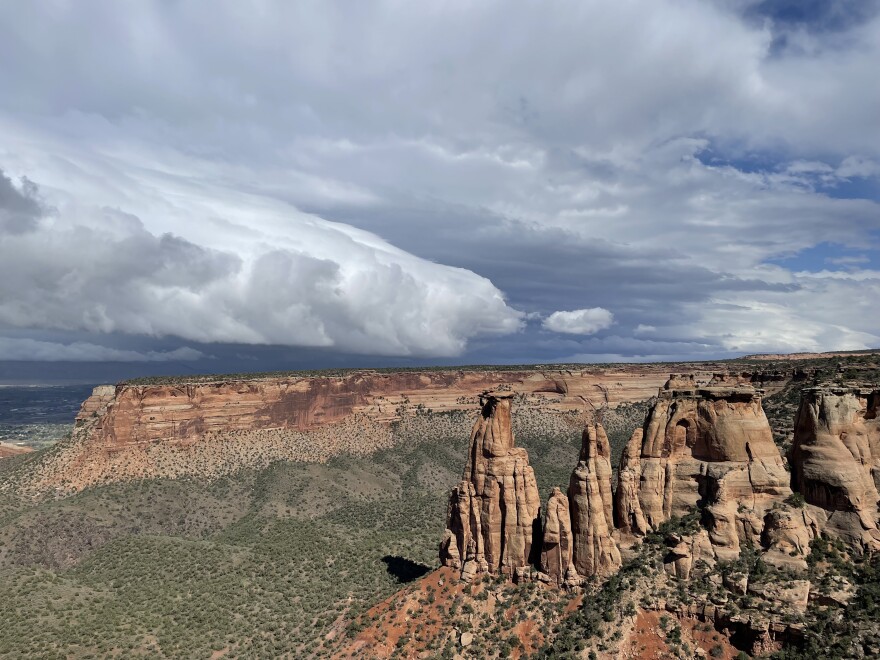Moderate drought conditions have come back to Colorado after the state experienced a fleeting few drought-free weeks.
Hot and dry weather in July put portions of the state’s southwest corner and the San Luis Valley into moderate drought, and a broader reach of the Western Slope into abnormally dry conditions, according to the latest update from the U.S. Drought Monitor.
Less than 5% of the state is currently in drought, due to lingering mountain snowpack, healthy soil moisture levels, and steady rains along the Front Range and Eastern Plains.
Much of the Western Slope relies on monsoonal storms to replenish soil moisture during the summer months, said Brian Fuchs, climatologist with the National Drought Mitigation Center in Lincoln, Nebraska.
“Last summer the monsoon season was pretty robust and we saw a lot of rain coming through that region, all the region,” Fuchs said. “And this year maybe one area will get a good shower but then you don’t have to go too far away and they didn’t see a drop.”
Colorado’s southwestern corner is labeled as being in short-term drought, Fuchs said, which tends to last for roughly six months, and can be remedied with consistent bursts of precipitation should the monsoon rains continue for the rest of summer.
The differences between Western Slope and Front Range weather was brought into stark relief in July. Much of the western half of the state experienced one of the driest and hottest Julys on record while portions of the northern Front Range and the southeastern plains experienced their wettest July on record.
Seasonal forecasts from the National Weather Service’s Climate Prediction Center show a likelihood of the Western Slope experiencing above average temperatures and below average precipitation through the end of October, making any recovery from drought more difficult.
A July seasonal drought outlook shows dry conditions likely to develop across much of western and southern Colorado this fall.
This story is part of ongoing coverage of the Colorado River, produced by KUNC and supported by the Walton Family Foundation.
Copyright 2023 KUNC. To see more, visit KUNC. 9(MDA4OTAxNzAzMDEzMjc0MTc2MzA5ZDZlMw004))







